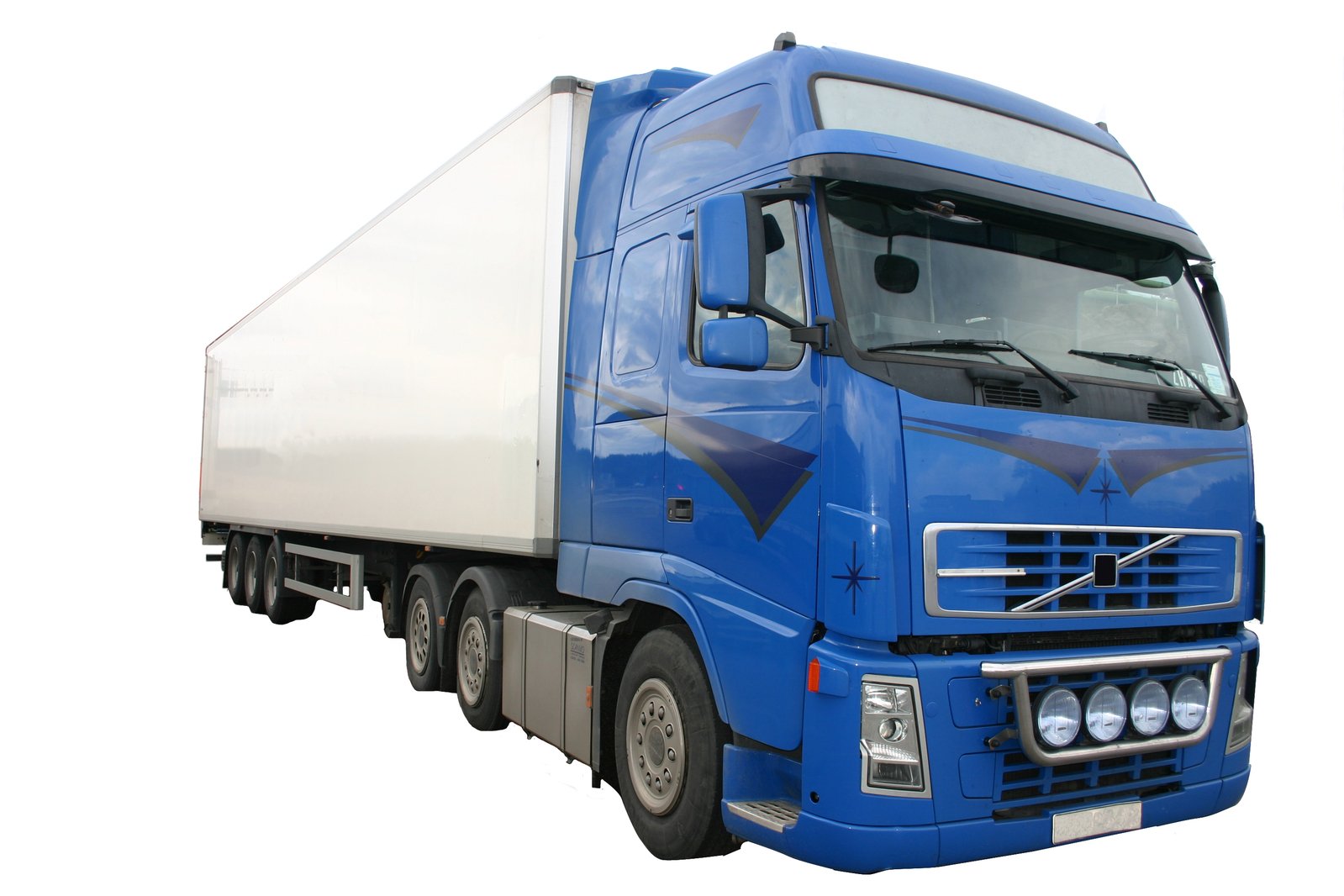

"They attempt to find creative new ways to grant software patents pertaining to driving/vehicles."A few days ago we also saw updates on the ludicrous case of Nikola, which thought the design of a vehicle merited a patent (designs are covered more appropriately by other laws). According to this update from Ross Tessien: "The US Patent Examiner ruled the Tesla design is unique compared to the Nikola design."
There's also this lengthy report from Fred Lambert, who said this:
Tesla is currently being sued by Nikola Motors for $2 billion over the design of the Tesla Semi, but the automaker has now obtained its own design patents for the electric truck – significantly weakening Nikola’s case.
As we previously reported, Nikola alleged that Tesla’s electric truck design infringes on its existing patents. Specifically, a series of 3 patents that Nikola recently obtained for the design of a few features of their Nikola One truck unveiled in 2016 – a year before Tesla unveiled its own electric truck.
We broke down each of the Nikola’s specific claims in what we believed basically amounted to a patent trolling case in a purely design-based objective way.
"How is society supposed to advance when not only technical patents need to be assessed but also patents on mere shapes?"The patent maximalism site BNA (and its authors who are themselves patent maximalists) has just published this "INSIGHT" (all caps) titled "Biggest Roadblocks to Getting Driverless Cars on the Road—The High Stakes of Patent Protection in the Era of Self-Driving Cars" (title seems promising enough).
We expected the article to give examples of patents holding back science in this domain (in this particular domain we'd be dealing with computer vision for the most part). The article, however, makes excuses for patents on self-driving cars:
There are few inventions that have changed the face of the planet. First, there were motor vehicles, then airplanes, and now self-driving cars have emerged, set to completely revolutionize the way we travel. This convergence of so many disparate technology sectors will make self-driving cars a reality: chip companies; software developers; and cameras (to name a few). This has made investments in the space the hottest commodity in Silicon Valley. With continued innovation and efforts in technology such as engines, microchips and 5G all being funneled into the development of self-driving cars, technology companies should consider how to protect their intellectual property in a way that keeps them competitive and brings their innovations to the roadway as soon as possible.
There’s no time to waste—companies need to start thinking through now how they plan to protect their inventions, innovations, talent and investments—while still ensuring they don’t halt the growth of the industry in the process. Considerations of patent protection and strategy are critical in this burgeoning field. Here’s what companies need to keep in mind as they “autonomously” navigate new waters...